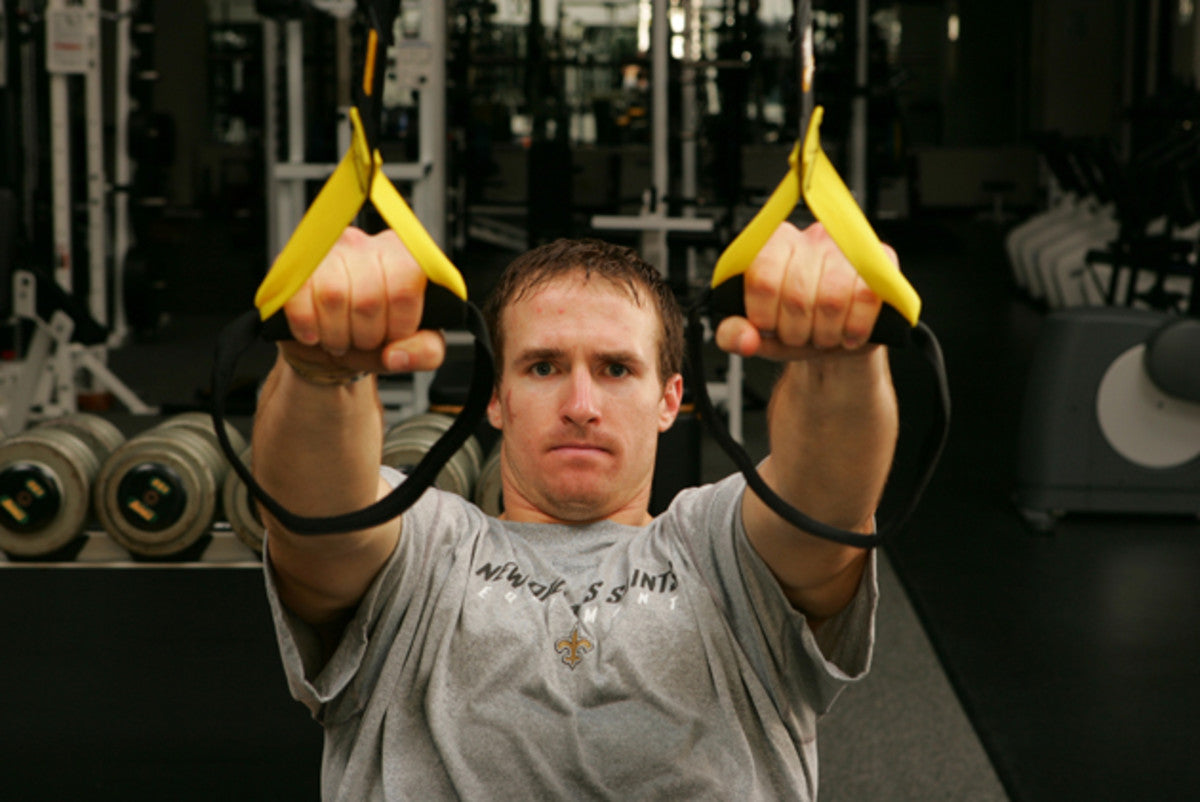Learn the in's and out's of progressing and scaling your TRX Suspension Trainer workouts with the TRX Principles of Progression. In the course of your research on TRX Training, you may have seen or read something about “the virtually unlimited scalability of TRX Suspension Training bodyweight exercises.” And unless you just took your TRX Suspension Training Course last week, you may be wondering, “What does this actually mean, and how do I use it in my training?”
In essence, it means that almost anyone can use the TRX Suspension Trainer, regardless of his or her level of fitness. The principles governing Suspension Training are simple, easy to adjust and vary greatly, depending on your body position.
In the video, TRX Senior Instructor Arthur Hsu demonstrates the three principles of progression you can use to modify the intensity of your workouts and those of your clients. They are:
-
Vector Resistance Principle
Exercise Shown: TRX Low Row
The Vector Resistance Principle refers to your bodyweight versus your body angle.so The higher your body position from the ground, the easier the exercise. The lower your body position to the ground, the more difficult.
-
Stability Principle
Exercise Shown: TRX Chest Press
The more points of contact your body has with the ground (one foot or two feet) and the farther apart your stance, the easier an exercise will be.
-
Pendulum Principle
Exercise Shown: TRX Hamstring Curl
Think of the ground directly under the anchor point as neutral. The farther away from neutral (toward you) you are, the harder an exercise will be. The farther past neutral you are, the easier an exercise will be.
Apply these three principles to your TRX workouts. You can perform the same workout repeatedly for months at a time and make it progressively more challenging. Or, if you find an exercise to be too difficult, use these principles to make the movement easier.



